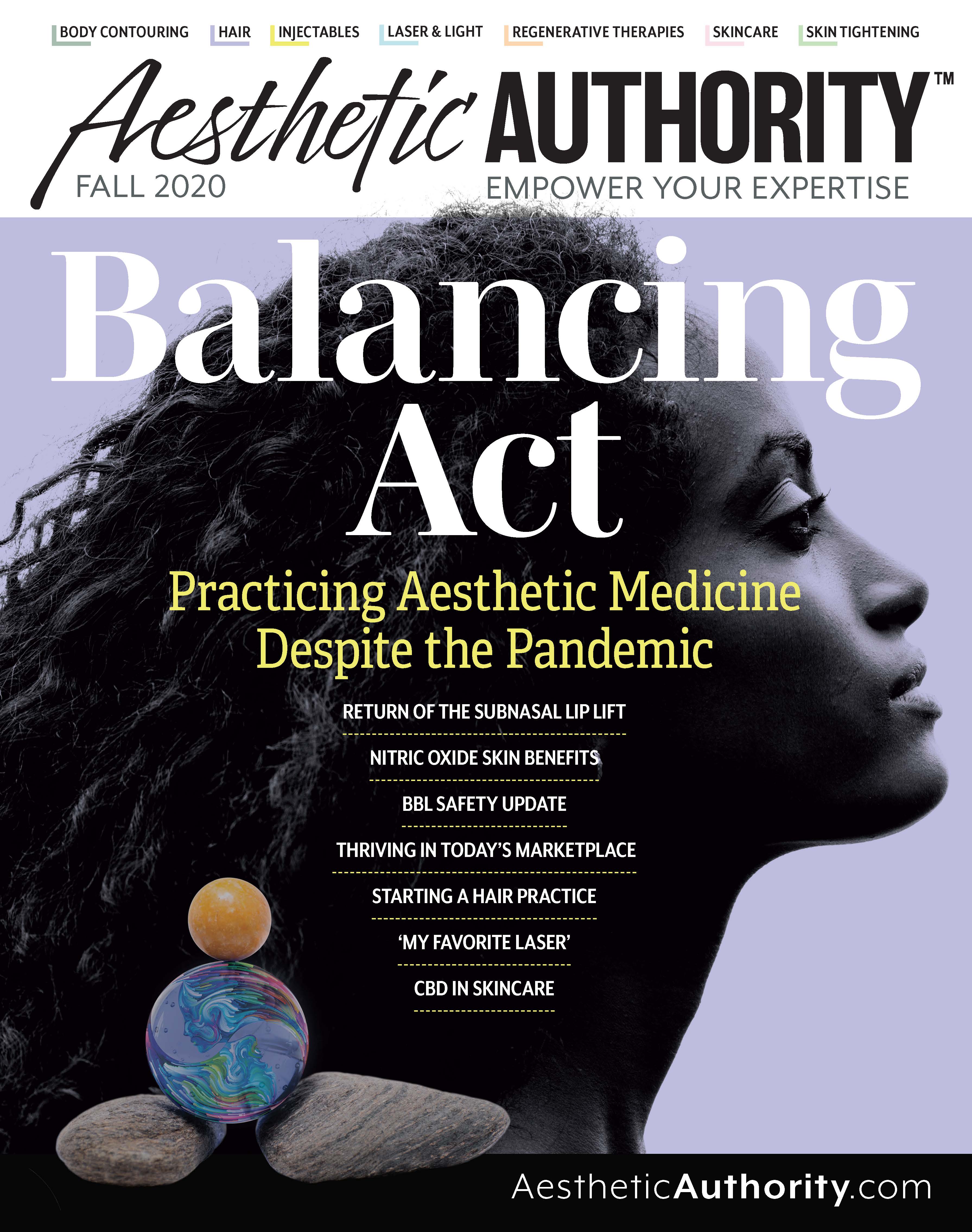- General Dermatology
- Eczema
- Alopecia
- Aesthetics
- Vitiligo
- COVID-19
- Actinic Keratosis
- Precision Medicine and Biologics
- Rare Disease
- Wound Care
- Rosacea
- Psoriasis
- Psoriatic Arthritis
- Atopic Dermatitis
- Melasma
- NP and PA
- Anti-Aging
- Skin Cancer
- Hidradenitis Suppurativa
- Drug Watch
- Pigmentary Disorders
- Acne
- Pediatric Dermatology
- Practice Management
Demand for Injectables Grows During COVID-19
The pandemic has ushered in new and unexpected injectable trends plus enhanced protocols for ensuring physician and patient safety.
When many states ordered mandated mask-wearing in all public areas, physicians, including Suneel Chilukuri, MD, Refresh Dermatology, Houston, Tex., expected to see a dip in patients seeking injections around the nose and mouth.
“I just didn't think as many people were going to be concentrating on their lips because everybody's wearing masks,” he says.
However, physicians aren’t finding this to be the case.
One reason is that post-treatment bruising and swelling has become less of an issue.
“They're not going out to major social events and social engagements, and if they are going out, [bruising] is oftentimes covered by the mask anyway,” says Joel Cohen, MD, AboutSkin Dermatology and DermSurgery, Denver, Colo. “Some of these patients, especially on their first [Kybella] treatment, seem to have 10 days or even two weeks of bullfrog-like swelling, and now it's not a big deal.”
Another reason, according to Drs. Cohen and Chilukuri, in the rise in injectable treatments to areas covered by a mask is because of the use of video conferencing technologies.
“Attorneys or people who are in sales, their whole day is spent on a video call,” says Dr. Cohen. “As soon as they start speaking, their face for everybody, including themselves, becomes the entire screen. Anything they're feeling uncomfortable with when they look in the bathroom mirror in the morning is amplified.”
Specifically, requests for lip injections are on the rise.
“They're watching themselves talk on these Zoom calls, and realizing either their lips are too small, or when they smile, the lip curls up on itself and disappears, especially the upper lip,” says Dr. Chilukuri. “We've gotten more requests during this COVID time for augmenting lips or restoring lips, than we've had ever in practice.”
Along with lip fillers, Dr. Chilukuri has also seen a rise in demand for injectables for the neck.
“They're seeing that as they're talking, sometimes the neck muscles are pulling down,” he says. “They're noticing that the neck has more laxity, especially if they turn a certain way on the computer.”
Dr. Cohen says he has more patients requesting injectables for the hands.
“I'm actually surprised that there has been a fair amount of hand augmentation as well,” he tells Aesthetic Authority. His theory? “When you're looking at somebody and… they're wearing a mask and you're wearing a mask… sometimes you start to notice other things, hands being one of them.”
NEXT: A Pandemic Protocol for Facial Injections


